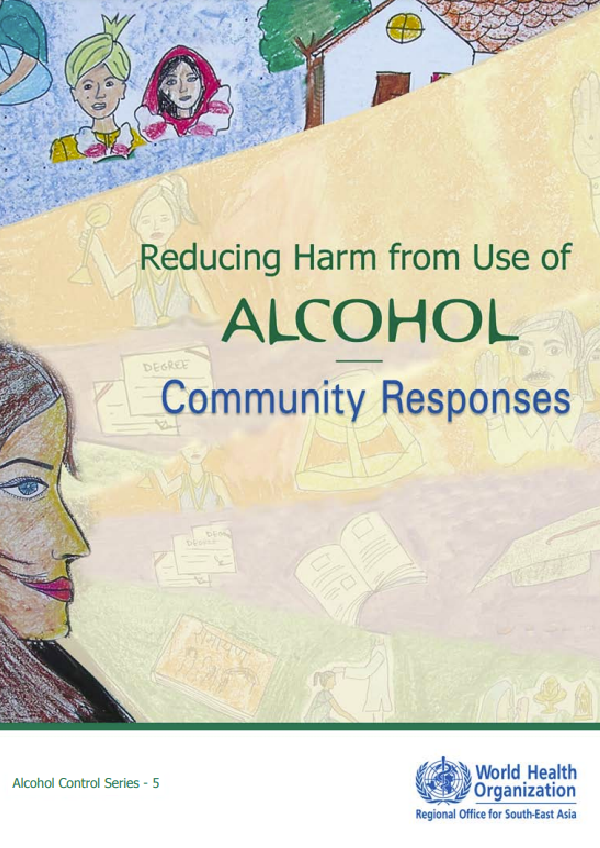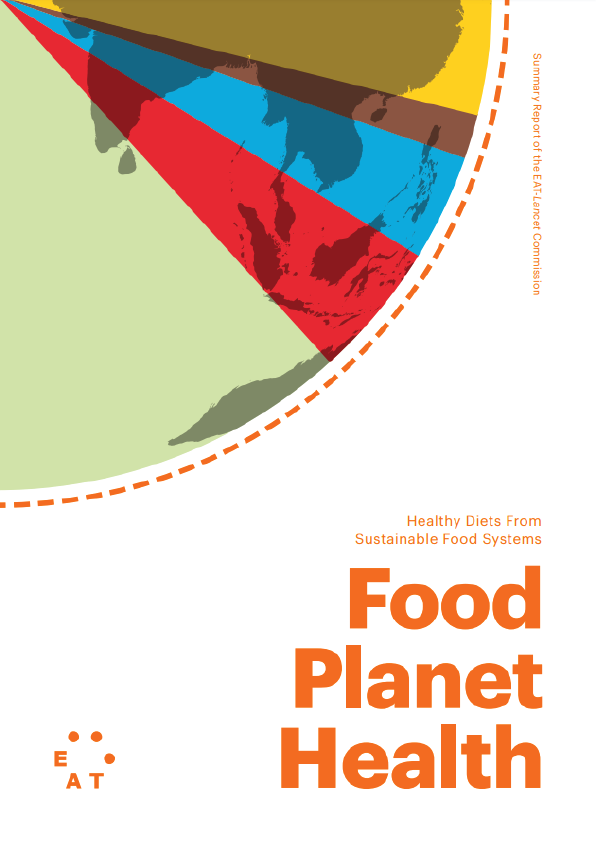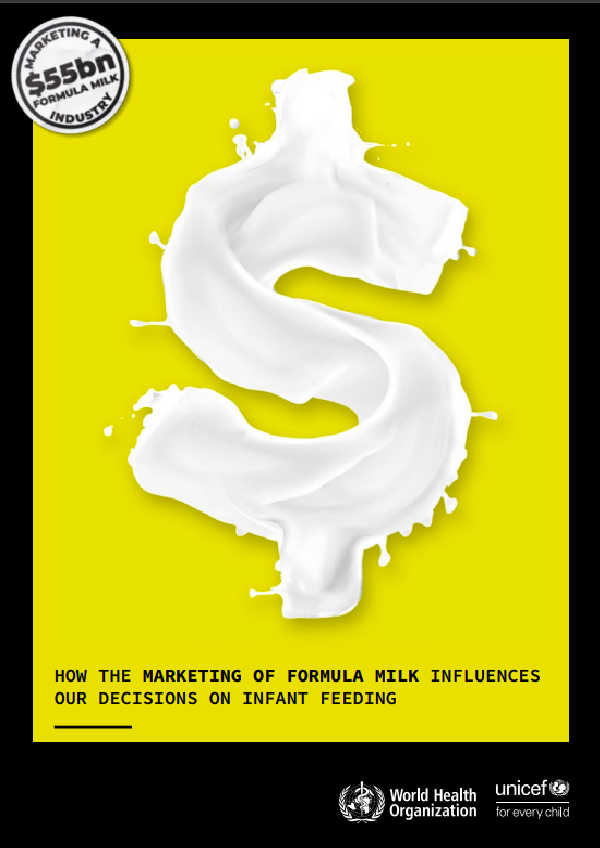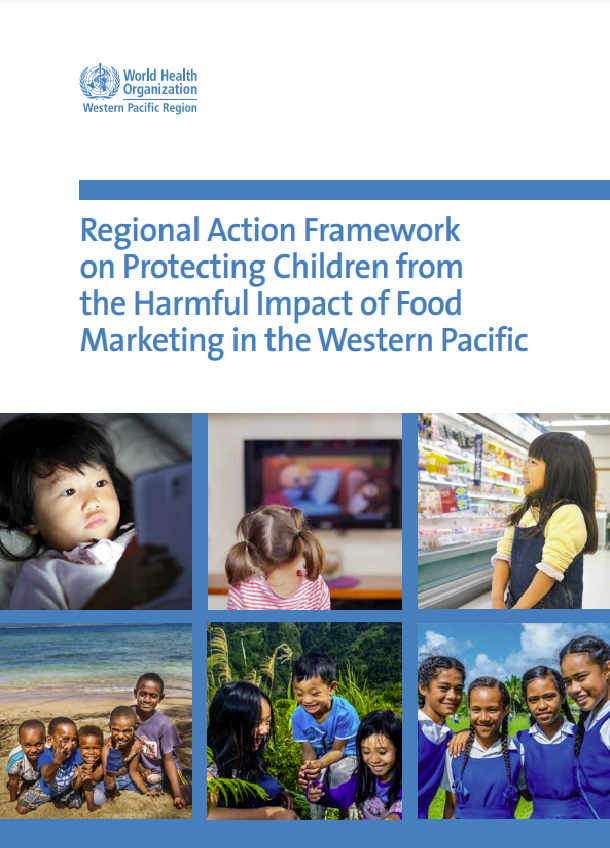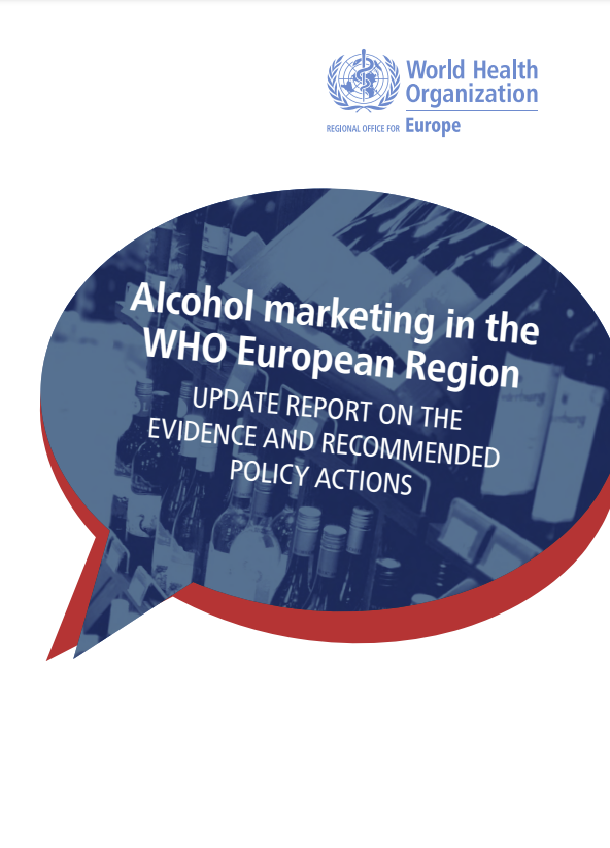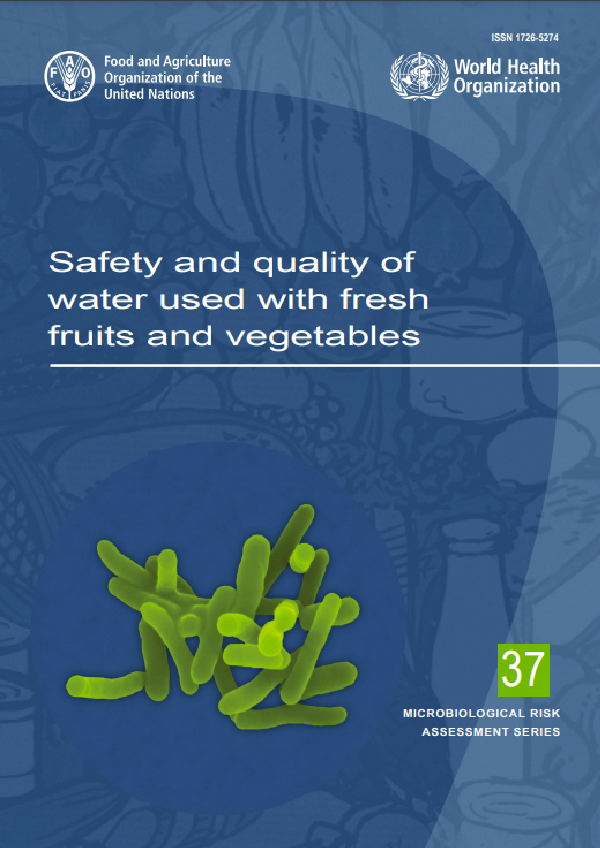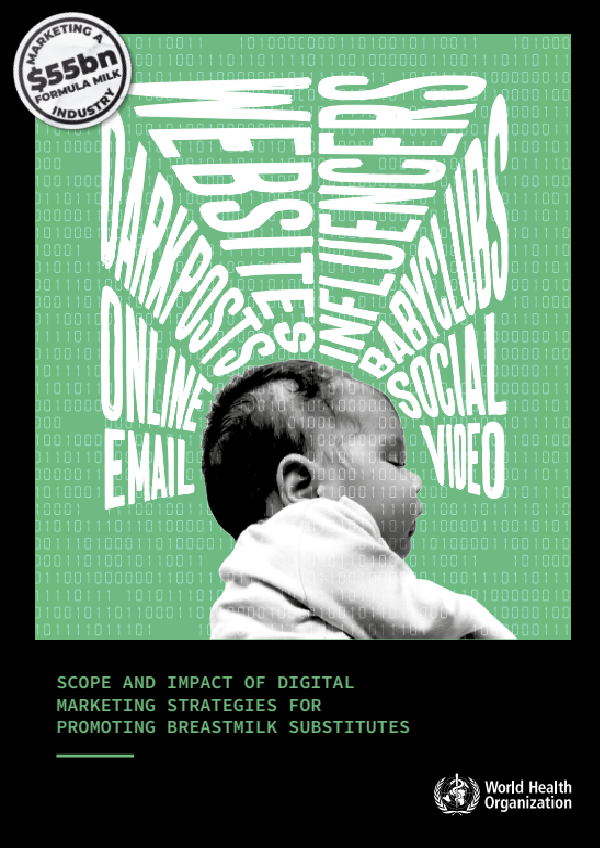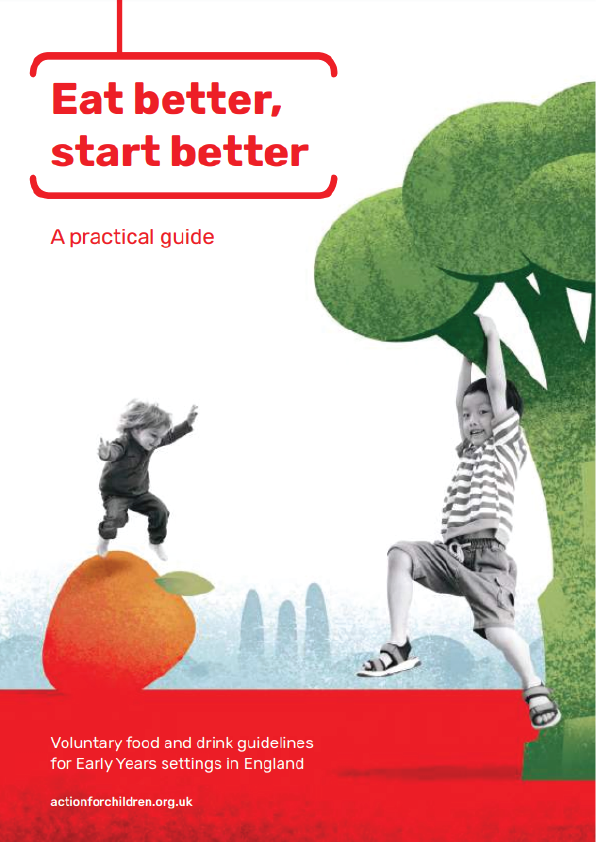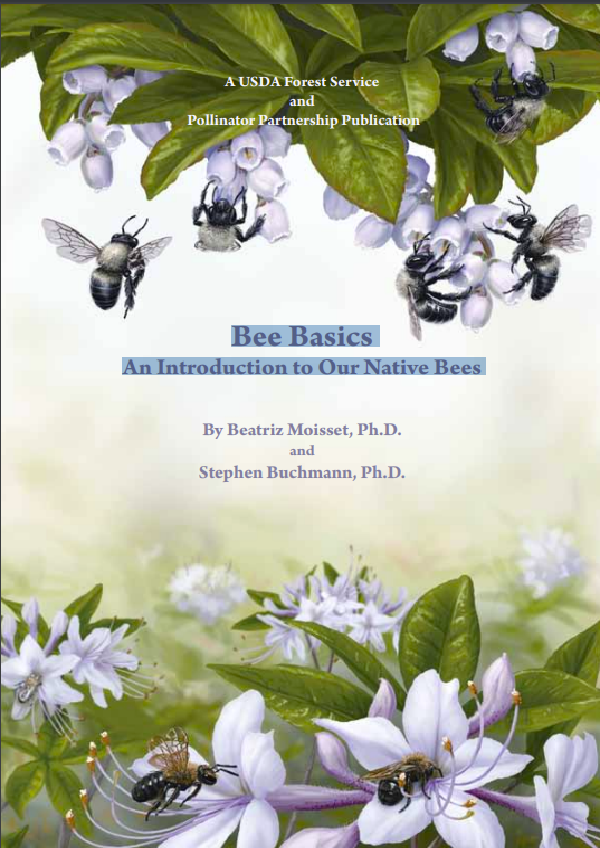Harm from alcohol use has a significantly adverse impact on the lives and most notably, on the health of affected persons and their families. Simultaneously, there is a substantial socio-economic impact on the communities. This publication is self-learning material for community volunteers on the prevention of harm from alcohol use. It contains simple instructions which can be used by a motivated community activist to initiate programmes within his/her community for the prevention of harm from alcohol use.
What is Alcohol?
Alcohol is a generic term for many different chemical compounds; each with its own distinct properties. It is a clear, colourless liquid that comes from fermenting — or breaking down — natural substances such as fruit, corn, grain or sugarcane. The type of alcohol consumed by humans is ethyl alcohol or ethanol. Ethanol can have different colours, tastes, potency (strength) and flavours depending on the fruits or vegetables used in its manufacture, the process of manufacture and the additives used.
What is Harmful Use, Hazardous Use of Alcohol?
Amongst those who consume alcohol, the spectrum of use can range from occasional use, hazardous use, and harmful use (also called problematic use or alcohol abuse) to dependence. The proportion of different groups of this spectrum varies considerably among different societies and there are differences even within each individual country / a specific geographical area. The definition of occasional use and harmful use varies across societies and cultures but is beginning to be delineated. The International Classification of Diseases (ICD-10) published by the World Health Organization uses the term “harmful use” to indicate a pattern of alcohol use similar to alcohol abuse.
Traditionally, any alcohol use pattern which is significantly problematic, leading to significant social, occupational or medical impairment, has been called ‘alcohol abuse. However, in recent times, the term “harmful use” is being used more frequently, especially in the context of health consequences of alcohol use. Thus, harmful use can be described as “a pattern of alcohol use that is causing damage to health”. The damage may be physical (e.g. liver damage) or mental (e.g. episodes of depression). “Harmful use” may not necessarily be a result of the daily consumption of alcohol. Harm from alcohol use could also be due to “binge drinking”, i.e. drinking large quantities of alcohol at a single time. This could result in road traffic injuries, domestic violence, the perpetuation of poverty etc. Other patterns of consumption, such as the consumption of alcohol by pregnant women, would also qualify under the term “harmful use” in a broad sense. Hazardous consumption of alcohol can be either heavy or “binge drinking” (too much drinking on one occasion) or pathological drinking (unable to stop drinking once started). “Binge drinking” is defined as the consumption of five or more drinks in one sitting (or on one occasion). The health risks associated with “binge drinking” due to the toxicity of alcohol include hangovers, headaches, and abdominal problems resulting in diarrhoea, nausea and vomiting. Importantly, because intoxication stops one from thinking clearly and acting sensibly, “binge drinking” puts the person and also others at risk of harm from avoidable dangers: for example, injury due to falls, risky behaviour or assault. It is due to this that alcohol is closely associated with road traffic injuries, fights and violence, coercive sexual activity and unprotected sex. Serious “binge drinking” can result in alcohol poisoning and subsequent death.
